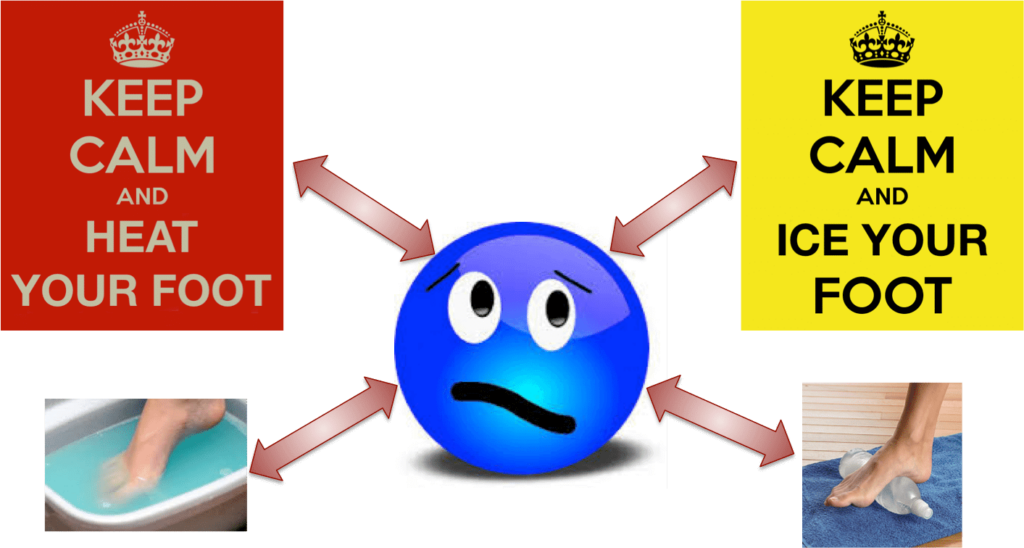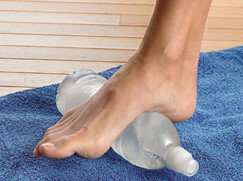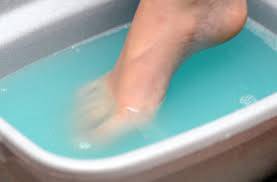Reviewed by Janet D. Pearl, MD, MSc

If not treated correctly, injuries to the foot and ankle can progress and become quite debilitating. More than 3-5% of all emergency visits in the hospital setting are attributed to acute ankle sprains(1). This corresponds to roughly 5,000 to 6,000 Emergency Room visits due to ankle sprains per day in the US!
Fortunately, most cases of ankle and foot injuries are mild to moderate and do not require heroic measures or extensive medical management. Warm or/ and cold therapy is often the best and the only solution needed to manage the discomfort along with rest and relaxation. But is it really a good idea to use cold or heat therapy to manage pain and discomfort instead of over-the-counter analgesics? Most importantly; when to use heat and what are some situations when you should avoid cold therapy?
The primary aim of using hot and/ or cold therapy is to alleviate pain symptoms by modulating the local tissue circulation and release of your body’s natural pain-mediators. On the other hand, most pain relieving medications exert their action by temporarily altering the biochemical environment of the tissues.
Hot and cold therapies have several other benefits that you don’t get when using pain relieving medications such as:
Cold therapies work best in case of acute traumas that are associated with bruises or acute swelling. Most cases of acute trauma are associated with extreme pain that is almost always instantaneous. If you suffer from twisted ankle or soft tissue sprain or if you drop something heavy on your ankle or foot, cold therapy can work wonders!
Cold therapy exerts its action by constricting the blood vessels to minimize the bleeding and internal blood loss. Additionally, exposure to colder temperatures also help in numbing the sensory fibers to reduce the sensation of pain and discomfort. Lastly, exposure to cold temperature via ice-packs or cold compresses also helps decrease the irritation and swelling which then aids normal mobility and joint motion.

Cold therapy can be applied a number of ways, such as an ice wrap, ice-cold water for compresses, ice bags, clay bags, or even bag filled with chilled frozen peas. For best results:
Hot or warm therapy works best in the setting of chronic injuries with some degree of residual pain, stiffness and tension. Ideally, injuries that are not associated with bruising are best managed by hot therapy and not cold therapy. Heat therapy exert its action by:

Heat therapy should be used for chronic aches, tissue or musculoskeletal injuries and different forms of arthritis. Heat therapy prior to highly vigorous and physically demanding activities can reduce the risk of pain and soft tissue swelling. It can be applied via heat pads or hot water bottles or just plain soaking your foot in hot water for 10 to 20 minutes. You can also use towel dipped in hot water, hot shower or even a hot tub to achieve soothing relief from pain and aches.
If your pain is severe or persists or worsens, you should always seek medical attention. Remember, if in doubt, seek medical attention.
References:


By providing us with your information you are consenting to the collection and use of your information in accordance with our Terms of Service and Privacy Policy.